3 Ways To Use Coconut Oil For Candida (Yeast Infection)
Tips and tricks to deal with this infection with the goodness of coconut oil.

Image: ShutterStock
Yeast infections, especially caused by the Candida species, are itchy and uncomfortable. Commonly seen in the mouth, skin, vagina, or breasts, Candida infection is difficult to get rid of. Even though yeast infections are treated with over-the-counter prescription creams or gels, many people are turning to natural care ingredients such as coconut oil for candida. Coconut oil contains healthy nutrients known for their antimicrobial properties which may play a role in treating yeast infections.
 Know Your Ingredient: Coconut Oil
Know Your Ingredient: Coconut OilWhat Is It?
A clear, thin oil derived from the fruit of the coconut palm.
What Are Its Benefits?
Best for managing candida along with treating yeast infections on the skin and in the mouth. It also helps in battling vaginal infections.
Who Can Use It?
Everyone can use coconut oil for skin health except people with sensitive skin, darker skin or oily, acne-prone skin should avoid the application of coconut oil.
How Often?
It is better to use it in moderate amounts in the affected area for optimal results.
Caution
Avoid using it if you are not sure whether it is a yeast infection.
In this article, we explore how to use coconut oil for treating yeast infection and the risks and precautions associated with it. Scroll down to find out.
In This Article
How Does Coconut Oil Work?
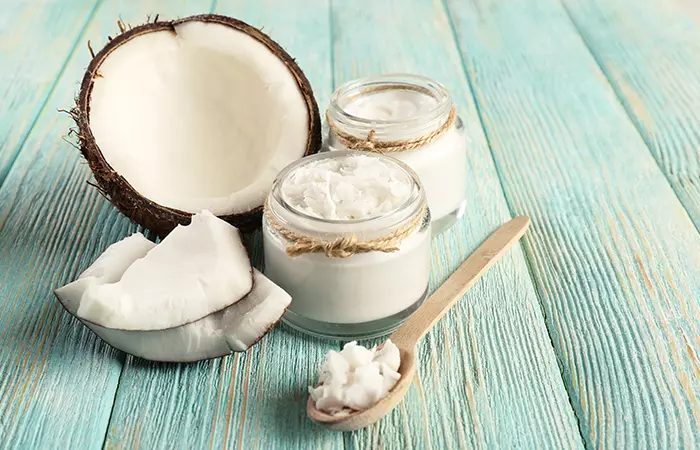
Coconut oil is derived from the dried kernels of coconut. It contains medium-chain fatty acids and is known to possess a number of health benefits.
One of the most useful coconut benefits is its antimicrobial nature. Many studies conducted for determining the antifungal nature of coconut oil against Candida and other fungal species showed positive results.
A laboratory study conducted in 2007 concluded that coconut oil was active against Candida species at 100% concentration. In fact, less coconut oil was needed to prevent further growth of the yeast as compared to fluconazole, which is an antifungal medication (1).
Another study carried out in 2012 showed that the antifungal properties of coconut oil were effective against C. albicans (2).
A canine study conducted in 2014 using coconut oil also produced similar results. Around 20 dogs were treated with a mixture of essential oils and coconut oil. The treatment produced good clinical outcome against a yeast called Malassezia pachydermatis (3).
However, more research is needed to find out the short-term as well as long-term effectiveness of coconut oil against candida.
The following are some easy ways to use coconut oil to deal with different types of candidiasis (yeast infections).
Key Takeaways
- Coconut oil possesses antimicrobial properties that can help fight yeast infections.
- You can put some coconut oil in your mouth and swish it around for 5-10 minutes and spit it out to tackle mouth yeast infections.
- Avoid using coconut oil if you are taking fungal medicines or are allergic to coconut oil.
- Limiting sugar intake and consuming yogurt may help build fungal resistance against the Candida species.
How To Use Coconut Oil For A Yeast Infection
1. Coconut Oil For Yeast Infection On The Skin

You Will Need
Organic or pure coconut oil (as required)
What You Have To Do
- Take pure coconut oil in your palm.
- Spread it all around the affected area.
- Leave it on.
How Often You Should Do This
You can do this 2-3 times daily.
Lydia, a blogger, shared her experience of using coconut oil to treat thrush. She said, “I began to put it on every time I nursed and anytime I thought of it in between. Well, like magic the thrush just seemed to fade away completely (i).”
 Quick Tip
Quick Tip2. Coconut Oil For Yeast Infection In The Mouth
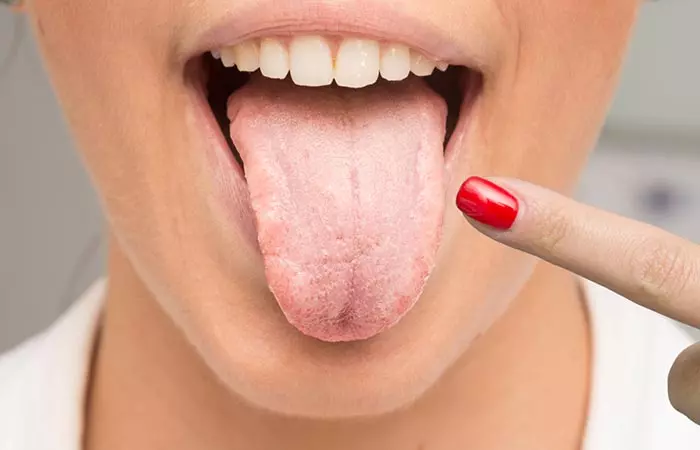
You Will Need
1 tablespoon of pure coconut oil
What You Have To Do
- Swish pure coconut oil in your mouth for 5-10 minutes.
- Spit the oil out.
How Often You Should Do This
You can do this once every morning, preferably before brushing your teeth.
3. Coconut Oil For Vaginal Infections
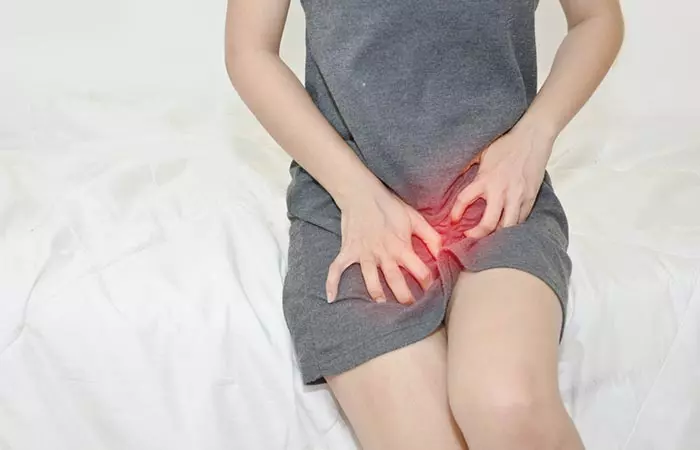
You Will Need
- Pure coconut oil (as required)
- A tampon
What You Have To Do
- Dip a tampon in pure coconut oil.
- Insert the tampon into your vagina.
- Leave it in for a few hours and remove.
How Often You Should Do This
You can do this once every alternate day for up to one week.
 Quick Tip
Quick TipCoconut oil can work wonders in battling a yeast infection. While this remedy is comparatively safe and does not have a lot of side effects, there may be a few risks associated with its use.
Risks And Precautions
Avoid using coconut oil for treating a yeast infection if:
- You are not sure that you have a yeast infection.
- You are taking other medications for the infection. In this case, consult a doctor before using coconut oil as an adjuvant treatment.
- You are allergic to coconut oil or coconut.
- You are suffering from recurring yeast infections.
Talking to your healthcare professional is paramount before incorporating coconut oil, especially in the scenarios mentioned above. Pregnant women should definitely consult their gynecologist before using coconut oil.
Other than coconut oil, there are a number of other options to battle Candida and treat yeast infections.
Taking Coconut Oil For Candida
Coconut oil has antifungal properties that may help combat Candida. The medium-chain fatty acids, particularly caprylic acid, in coconut oil may help damage the cell membranes of the yeast, suppressing its growth (4). Many people integrate coconut oil into their diets as a natural remedy against Candida overgrowth.
If you are new to consuming coconut oil, start with a small amount, like one teaspoon per day, and gradually increase the dosage. You can use coconut oil for cooking, baking, or as a salad dressing with lemon juice and vinegar. You can also add in a teaspoon or two of the oil to your morning smoothie.
While preliminary research shows promise, more extensive clinical trials are required to determine its efficacy. Before adopting coconut oil as a treatment, consult a healthcare professional to ensure it is appropriate for you and to rule out complications.
What Are The Other Ways To Treat A Yeast Infection?
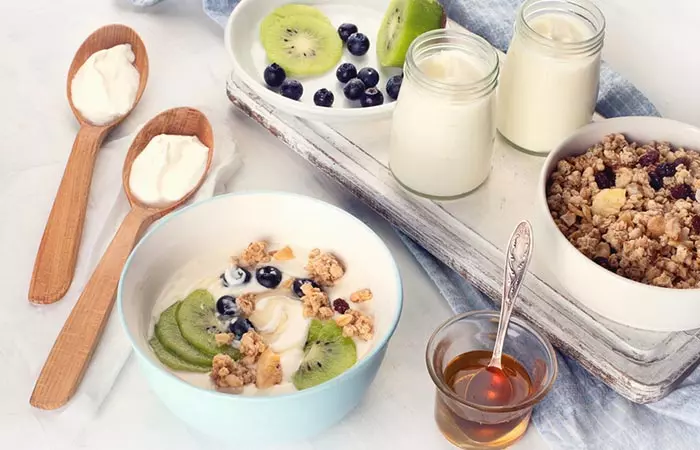
A few additional ways to treat candidiasis include:
- Limit your sugar intake. This includes starchy foods that convert into sugars, such as breads, rice, and snack foods. Increased sugar intake can promote antifungal resistance in Candida (5).
- Consume probiotic-rich foods like yogurt (6).
- Consider going on a candida diet, a health-conscious choice that works by eliminating foods that may encourage yeast overgrowth and includes foods that resist it, promoting a healthier you.
- Your doctor may also prescribe antifungal medications and suppositories to treat a yeast infection.
Before beginning any new treatments, always get advice from your healthcare provider, particularly if you already have health issues. Dr. Anna Chacon, MD, FAAD, a double board-certified dermatologist, says, “Vaginal candidiasis will most likely worsen if neglected, resulting in itching, redness, and inflammation in the region around your vagina. If the inflamed region cracks or if persistent scratching leaves exposed or raw areas, this might result in a skin infection.”
Infographic: 9 Lifestyle Changes For Preventing Yeast Infections
Remember, you can be prone to yeast infections or be genetically susceptible to them. However, taking preventative measures can go a long way toward preventing a yeast infection. Unfortunately, because of the nature of women’s anatomy, the majority of women are prone to yeast infections nowadays. But by making the lifestyle adjustments outlined in the infographic below, you can lower your risk of getting this type of infection. Check it out! Illustration: StyleCraze Design Team
The antifungal properties of coconut oil make it an effective remedy for treating yeast infections like Candida. It is active against Candida species and works better when used at 100% concentration. Using coconut oil for Candida is considered safe for treating yeast infections on the skin and in the vagina and mouth. However, there are a few risks associated with its use. Avoid using coconut oil if you are allergic to coconut or are taking other medications. In addition, pregnant women should consult their doctor before using coconut oil for treating Candida.
Frequently Asked Questions
Does coconut oil pull toxins?
Dr. Chacon says, “Plaque, gingivitis, and bad breath may all be lessened as a result of oil pulling by lowering the number of dangerous oral bacteria.”
What organs can Candida affect?
Candida can penetrate the body and cause infections. Dr. Chacon adds, “If it becomes unmanageable or if it penetrates far into the body, Candida can result in infections. The circulation or internal organs like the kidney, heart, or brain may get infected.”
What is the difference between candida and yeast infection?
Candida Vs. Yeast Infection
Candida is a class of microscopic fungi that consist of single oval cells and are also referred to as yeasts. A yeast infection is caused by the overgrowth of Candida in your body.
Candida is a term used to describe one of over 150 species of yeast fungi. They are commonly found in the belly, mouth, and skin. Under the right conditions, these fungi can multiply in the body and trigger infections. Such infections caused by Candida are referred to as yeast infections or candidiasis.
What are the types of yeast infections or candidiasis?
• Oral Thrush Or Oropharyngeal Candidiasis: It is triggered by the spread of the Candida yeast in the mouth. It is commonly seen in those with a weak immune system like newborns and the elderly. White/yellow patches on the tongue, soreness in the mouth, cracking at the corners, and pain while swallowing are the symptoms of this condition (7).
• Genital Yeast Infection Or Genital Candidiasis: This type of candidiasis is a result of yeast overgrowth in your vagina. It often occurs when there is a change in the pH balance down there. Diabetes, pregnancy, certain medications, lubricants, a weak immune system, and sexual intercourse can cause a genital yeast infection. The symptoms are extreme itchiness, redness, swelling, pain, and white, clumpy discharge from the vagina (8).
• Diaper Rash: Diaper rashes are most often a result of leaving a soiled or wet diaper on your little one for too long. The irritated skin is at an increased risk of a yeast infection (9). It can cause the baby’s bottom to become red and sensitive and trigger the appearance of sores with a raised red border.
• Invasive Candidiasis: Candida can also enter your bloodstream through medical equipment, wounds from trauma, severe burns, or surgical wounds. It can then travel to your heart, brain, blood, eyes, and bones and cause serious, life-threatening complications.
When should you see a doctor for a yeast infection?
See a doctor immediately if you notice any symptoms of a yeast infection. In some cases, you could be suffering from something more severe, like a urinary tract infection (UTI) or a sexually transmitted infection (STI). You must also see a doctor if you are pregnant and suffering from a yeast infection.
How long does coconut oil take to treat a yeast infection?
Most cases of mild yeast infections ease in a few days if caught early. However, moderate to severe cases may take 1-2 weeks to clear completely and often require additional antimicrobial treatment for longer durations.
Is coconut oil antifungal and antibacterial?
Yes, coconut oil is both antifungal and antibacterial (10).
Can blood tests detect Candida?
Yes. A blood culture test is the most common way to test for Candida growth.
Illustration: Ways To Use Coconut Oil For Candida (Yeast Infection)
_illustration.jpg.webp)
Image: Stable Diffusion/StyleCraze Design Team
Discover the surprising potential of coconut oil in fighting yeast infections. Dive into this insightful video to understand the science behind this natural remedy and learn if it can truly offer relief. Watch now!
Personal Experience: Source
StyleCraze's articles are interwoven with authentic personal narratives that provide depth and resonance to our content. Below are the sources of the personal accounts referenced in this article.
i. Treating Thrush with Coconut Oilhttps://walkingwithdancers.blogspot.com/2011/09/treating-thrush-with-coconut-oil.html
References
Articles on StyleCraze are backed by verified information from peer-reviewed and academic research papers, reputed organizations, research institutions, and medical associations to ensure accuracy and relevance. Read our editorial policy to learn more.
- “In vitro antimicrobial properties of coconut oil on Candida species in Ibadan, Nigeria.” Journal of Medicinal Food, US National Library of Medicine.
- “Comparison of Antimicrobial Activity of Chlorhexidine, Coconut Oil, Probiotics, and Ketoconazole on Candida albicans Isolated in Children with Early Childhood Caries: An In Vitro Study” Scientifica, US National Library of Medicine.
- “Clinical and mycological evaluation of an herbal antifungal formulation in canine Malassezia dermatitis.” Journal of Medical Mycology, US National Library of Medicine.
- “Short-Term Antifungal Treatments of Caprylic Acid with Carvacrol or Thymol Induce Synergistic 6-Log Reduction of Pathogenic Candida albicans by Cell Membrane Disruption and Efflux Pump Inhibition” International Journal of Experimental Cellular Physiology, Biochemistry and Pharmacology
- “Glucose Directly Promotes Antifungal Resistance in the Fungal Pathogen, Candida spp” Journal Of Biological Chemistry, US National Library of Medicine.
- “Impact of eating probiotic yogurt on colonization by Candida species of the oral and vaginal mucosa in HIV-infected and HIV-uninfected women.” Mycopathologia, US National Library of Medicine.
- “Oral candidiasis: An overview” Journal of Oral and Maxillofacial Pathology, US National Library Of Medicine.
- “Candidiasis (vulvovaginal)” Clinical Evidence, US National Library Of Medicine
- “Superficial Mycoses Associated with Diaper Dermatitis” Mycopathologia, US National Library Of Medicine.
- “Comparison of antibacterial efficacy of coconut oil and chlorhexidine on Streptococcus mutans: An in vivo study” Journal of International Society of Preventive & Community Dentistry, US National Library of Medicine
Read full bio of Dr. Laura Belus
- Dr. Anna Chacon, MD, FAAD, is a double board-certified dermatologist with over 7 years of experience. She has authored many peer-reviewed articles and managed clinical research studies during her fellowship. She completed her medical school in the PLME (Program of Liberal Medical Education) at Brown University.
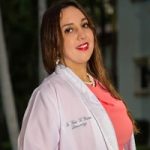 Dr. Anna Chacon, MD, FAAD, is a double board-certified dermatologist with over 7 years of experience. She has authored many peer-reviewed articles and managed clinical research studies during her fellowship. She completed her medical school in the PLME (Program of Liberal Medical Education) at Brown University.
Dr. Anna Chacon, MD, FAAD, is a double board-certified dermatologist with over 7 years of experience. She has authored many peer-reviewed articles and managed clinical research studies during her fellowship. She completed her medical school in the PLME (Program of Liberal Medical Education) at Brown University.
Read full bio of Shaheen Naser
Read full bio of Ravi Teja Tadimalla
Read full bio of Monomita Chakraborty








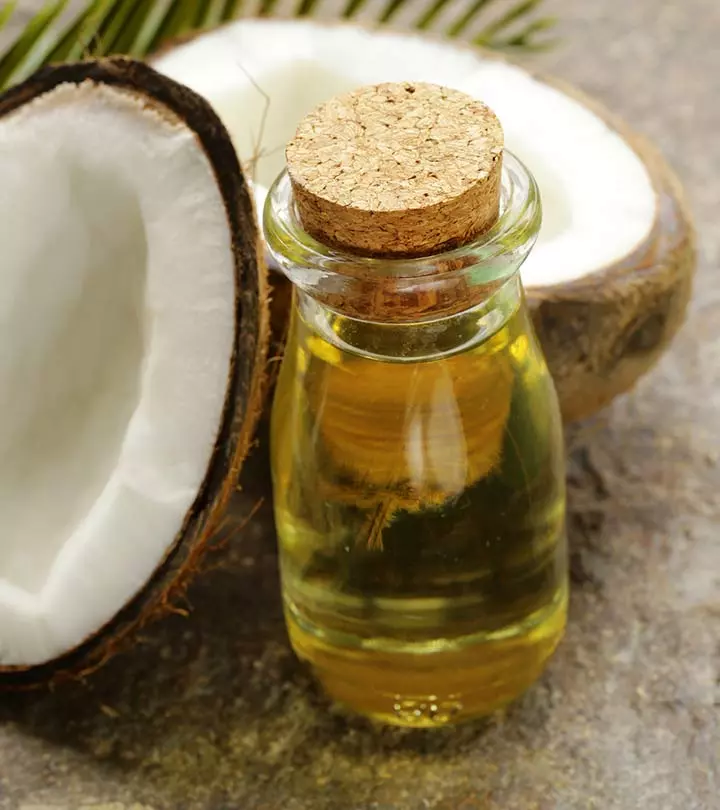
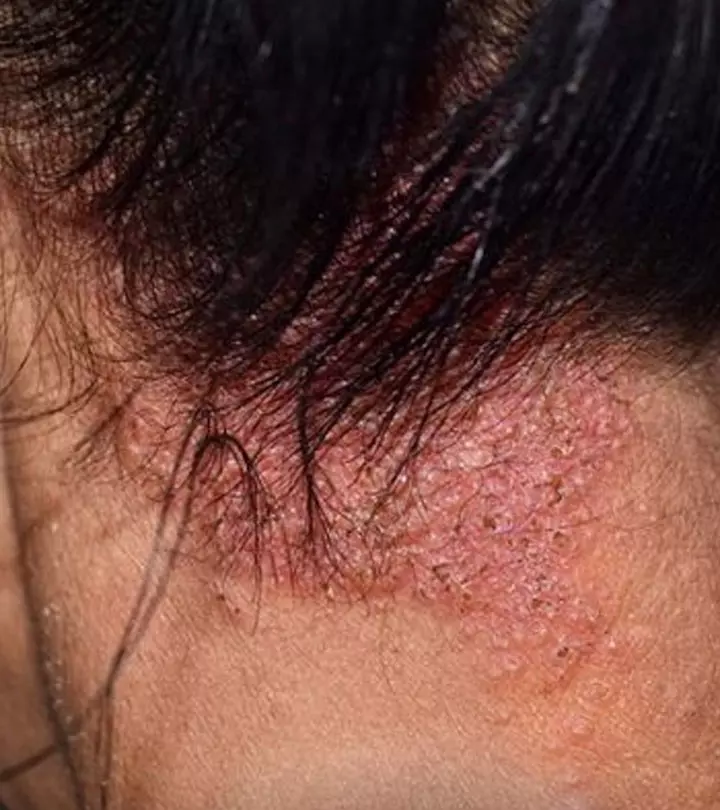
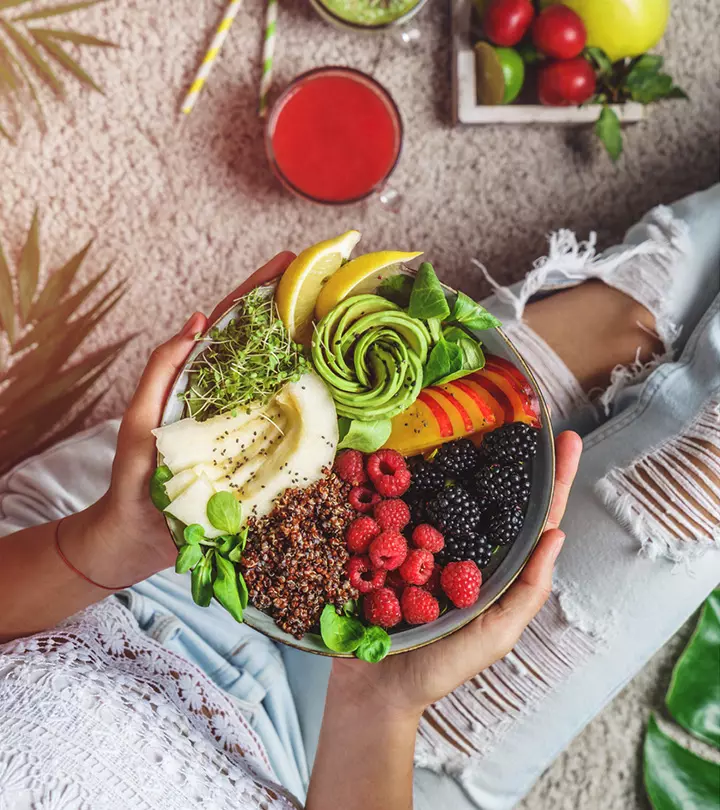
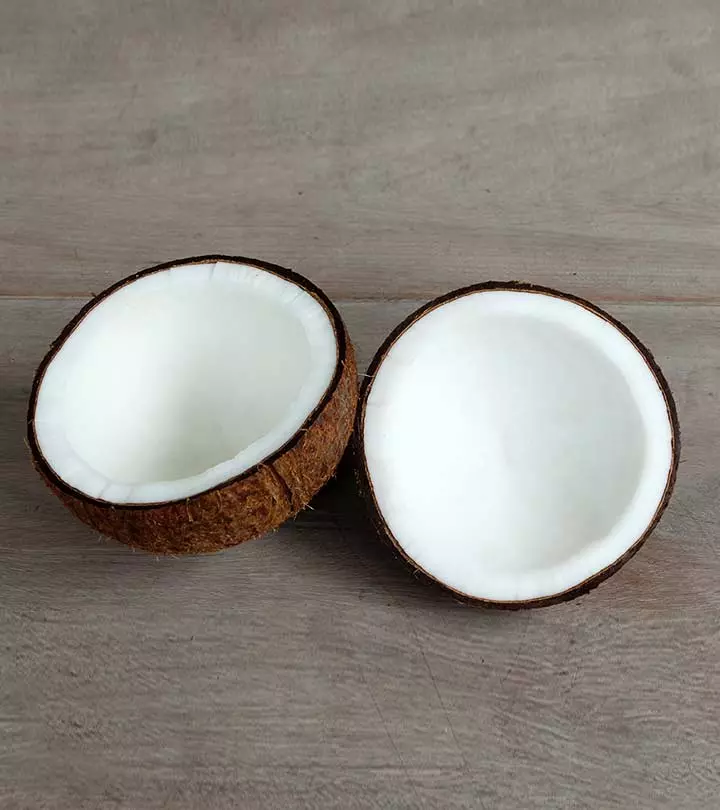

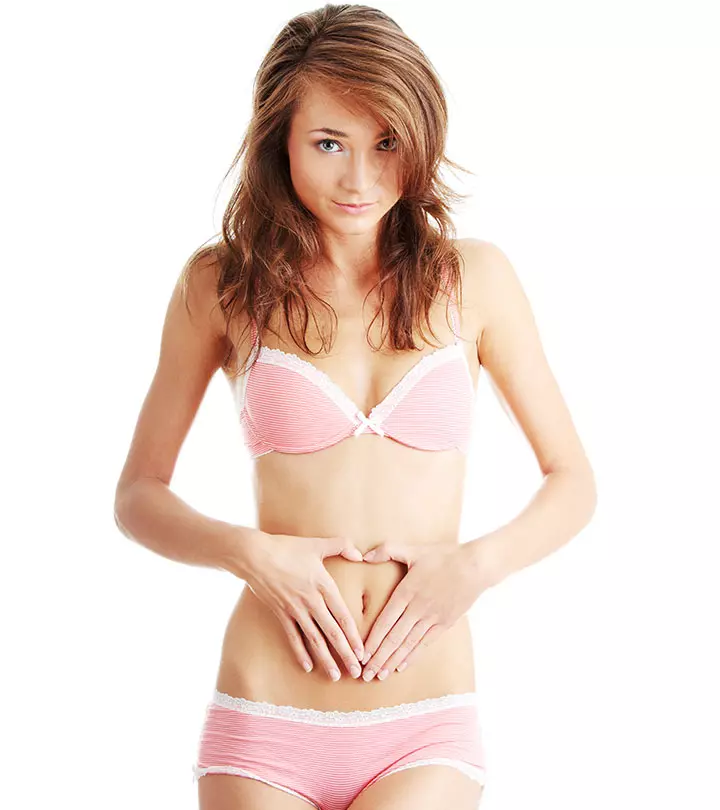

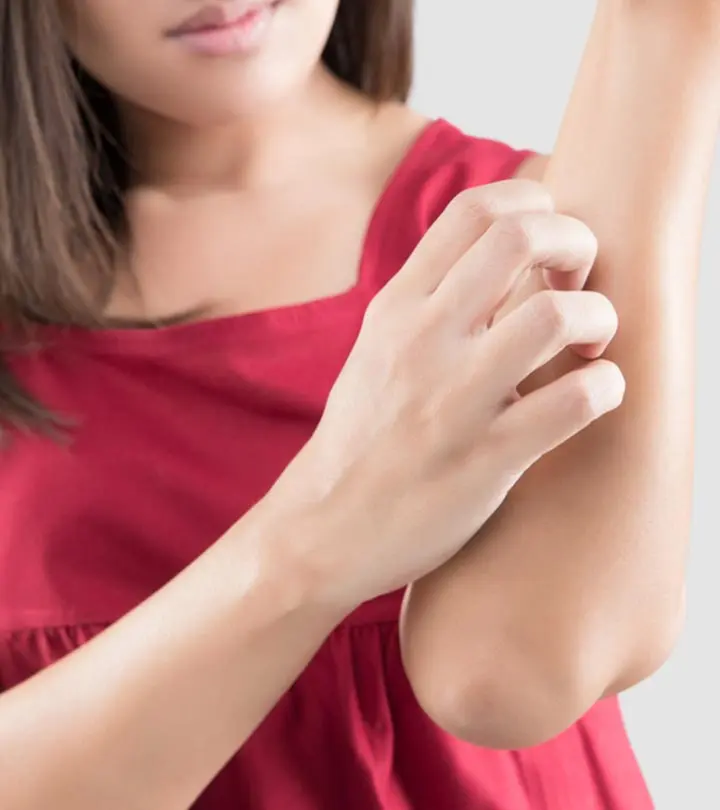
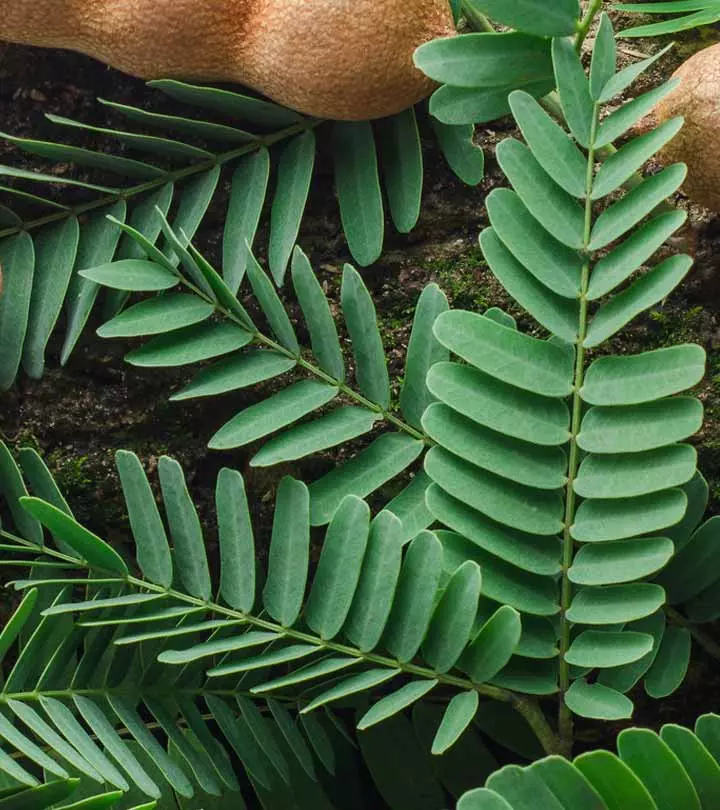
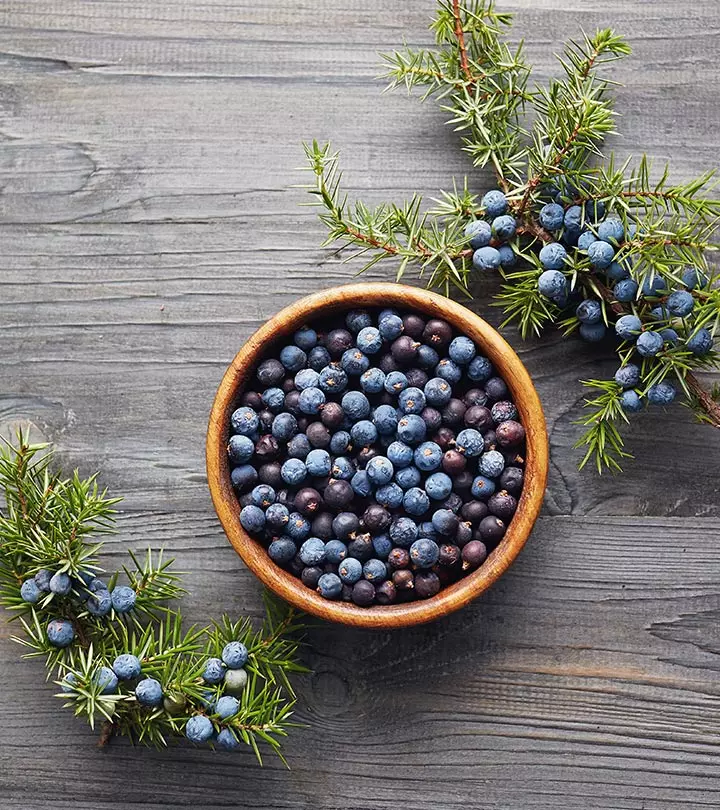
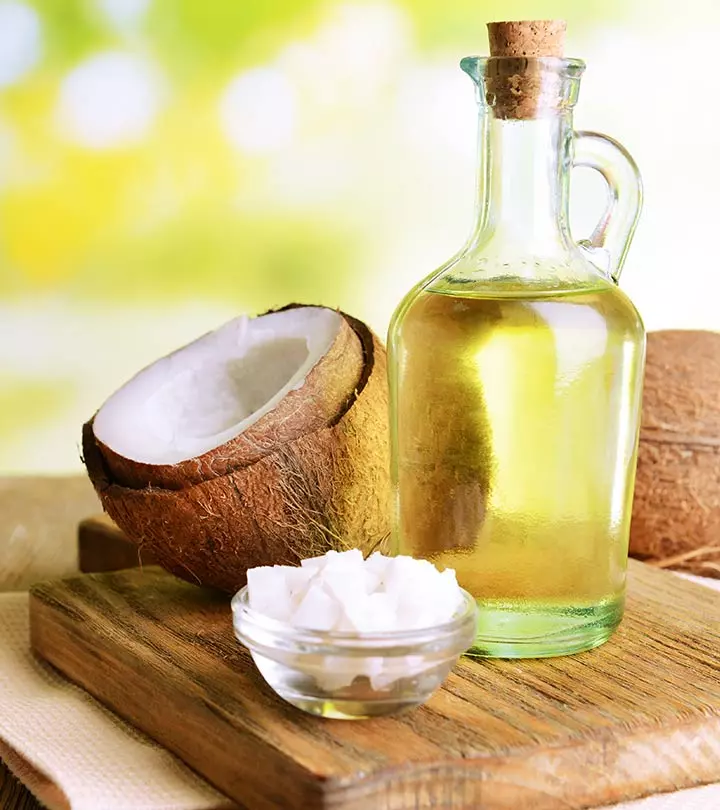
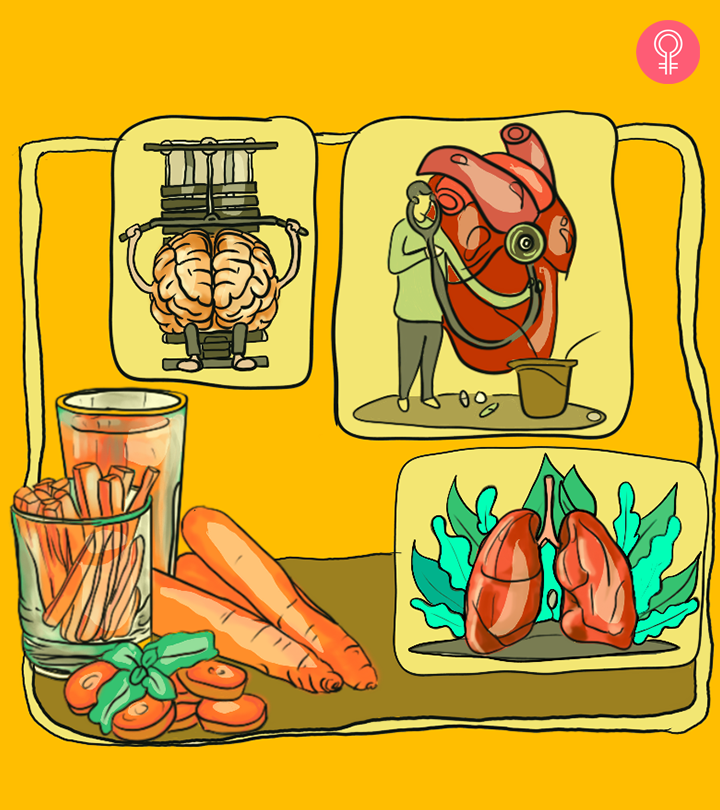
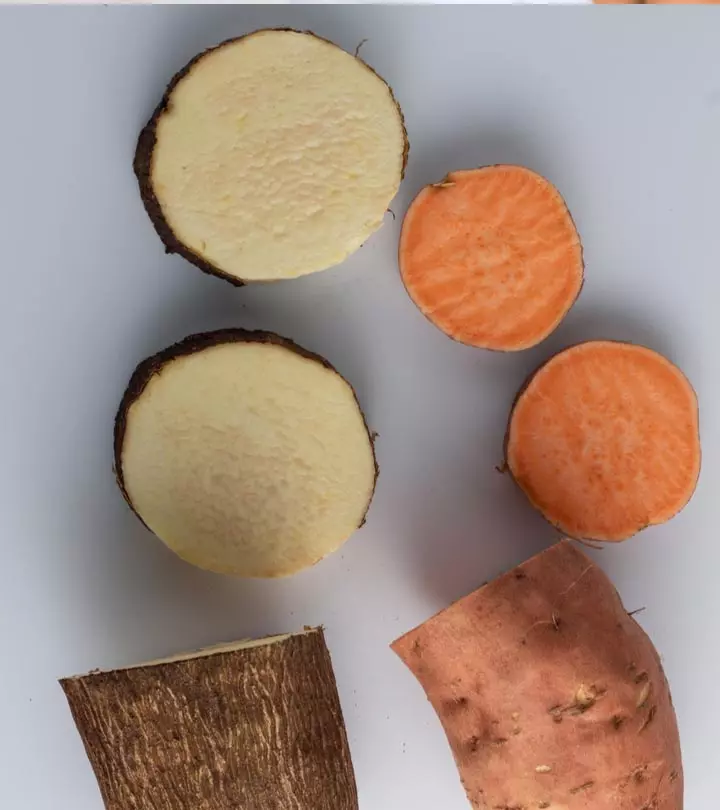

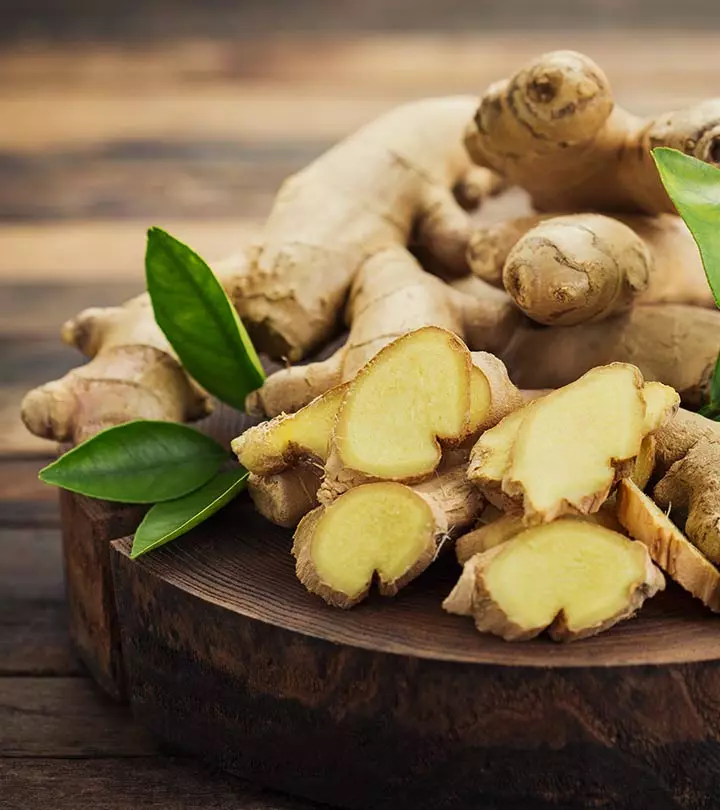

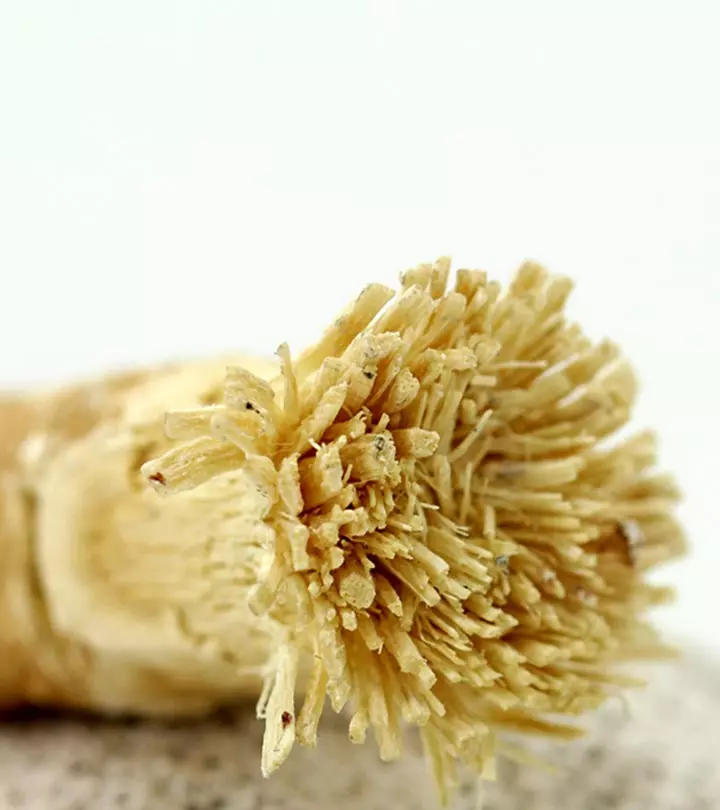
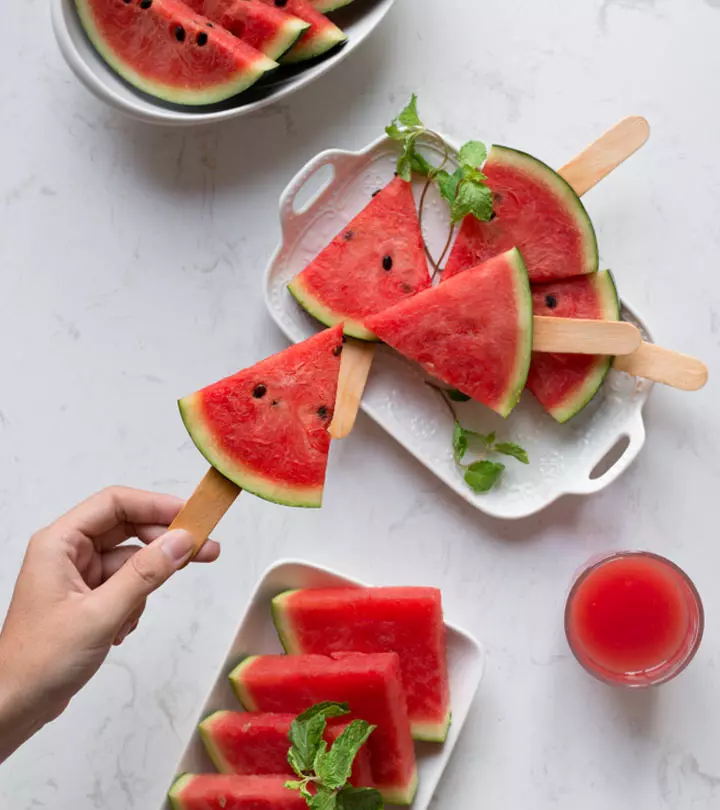

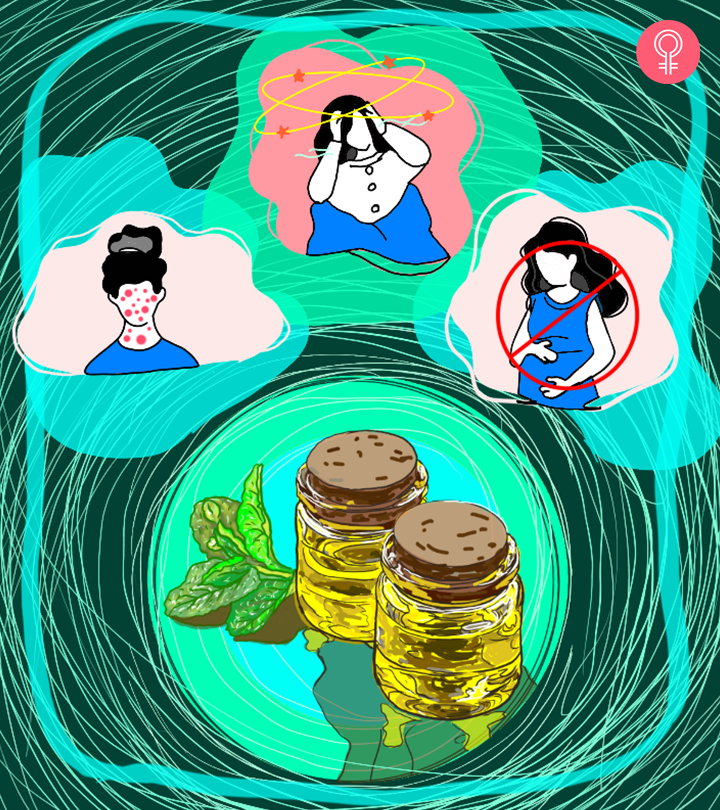
Community Experiences
Join the conversation and become a part of our empowering community! Share your stories, experiences, and insights to connect with other beauty, lifestyle, and health enthusiasts.